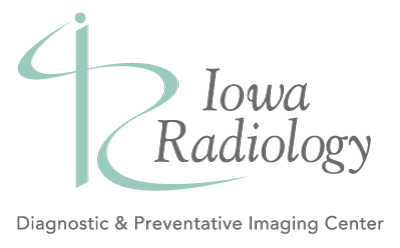
January is National Radon Action Month. Learn what you should know about radon and how you can protect yourself and your loved ones.
What is radon?
Radon is an invisible, odorless, and tasteless gas that is released naturally with the breakdown of uranium in soil and rock. It’s found everywhere on the earth in varying concentrations.
What risk does radon pose?
As radon decays, it releases radioactive byproducts, which can lead to lung cancer when inhaled. Because radon exists everywhere, it’s not possible to avoid exposure entirely. However, the risk associated with exposure to very low levels of radon—such as those found outdoors—is small.
The risk intensifies when radon is trapped indoors and concentrations in the indoor air rise. Radon exposure is estimated to be responsible for 21,000 lung cancer deaths each year, 2,900 of those occurring in people who have never smoked.
Your risk of developing lung cancer as a result of radon exposure depends on both the level of exposure and your smoking history. Radon is measured in units of picocuries per liter (pC/iL).
|
If you’ve never smoked, and your home radon concentration is |
Your risk of lung cancer from radon exposure is approximately |
|
20 pC/iL |
3.6% |
|
10 pC/iL |
1.8% |
|
4 pC/iL |
0.7% |
|
2 pC/iL |
0.4% |
|
If you smoke, and your home radon concentration is |
Your risk of lung cancer from radon exposure is approximately |
|
20 pC/iL |
26% |
|
10 pC/iL |
15% |
|
4 pC/iL |
6.2% |
|
2 pC/iL |
3.2% |
Source: “Health Risks of Radon.” U.S. Environmental Protection Agency.
Lung cancer is the deadliest form of cancer, claiming the lives of more than 150,000 Americans per year. Only 11–15% of people diagnosed with lung cancer survive at least five years. Although breast and prostate cancers are more common, more people die of lung cancer than breast, prostate, and colon cancers combined.
Radon in Iowa
Radon concentrations vary widely across the U.S. Unfortunately, land across the entire state of Iowa poses a high risk of unsafe indoor concentrations of radon. Across all Iowa counties, the EPA predicts average indoor radon concentrations greater than 4 pC/iL. That does not mean, however, that your Iowa home or workplace necessarily has high levels of radon; concentrations can differ within a small area. For example, your neighbor’s home may have high radon concentrations while yours does not.
What can I do to protect myself and my family?
The first thing to do is to test your home. If you’re a business owner, you should also test your place of business to protect yourself and your employees. Because indoor radon levels can be so different from one structure to the next, the only way of knowing for sure whether levels are safe in any particular building is to test it.
You can find test kits in most home improvement stores as well as online. Iowa’s Radon Hotline makes low-cost test kits available and provides answers to questions about radon. The hotline can be reached at (800) 383-5992. The National Radon Program Services at Kansas State University also offers discounted test kits for online purchase.
If testing shows high radon concentrations in your home or business, a professional can install a radon mitigation system for you. This involves sealing cracks in your home and installing a fan and vent pipe to channel radon gas from beneath the foundation to the outdoors. To ensure mitigation is completed properly, contact a certified professional. The Iowa Department of Public Health maintains a list of certified radon mitigation professionals in and around the state.
At Iowa Radiology, our focus in your good health. If you’d like to receive regular updates on our most recent health-related articles, click the image below to subscribe to our blog.
Sources
“Find Information about Local Radon Zones and State Contact Information.” U.S. Environmental Protection Agency.
“Health Risk of Radon.” U.S. Environmental Protection Agency.
“National Radon Action Month Information.” U.S. Environmental Protection Agency.
“Radon.” American Lung Association.
“What Is Radon?” Iowa Department of Public Health.

